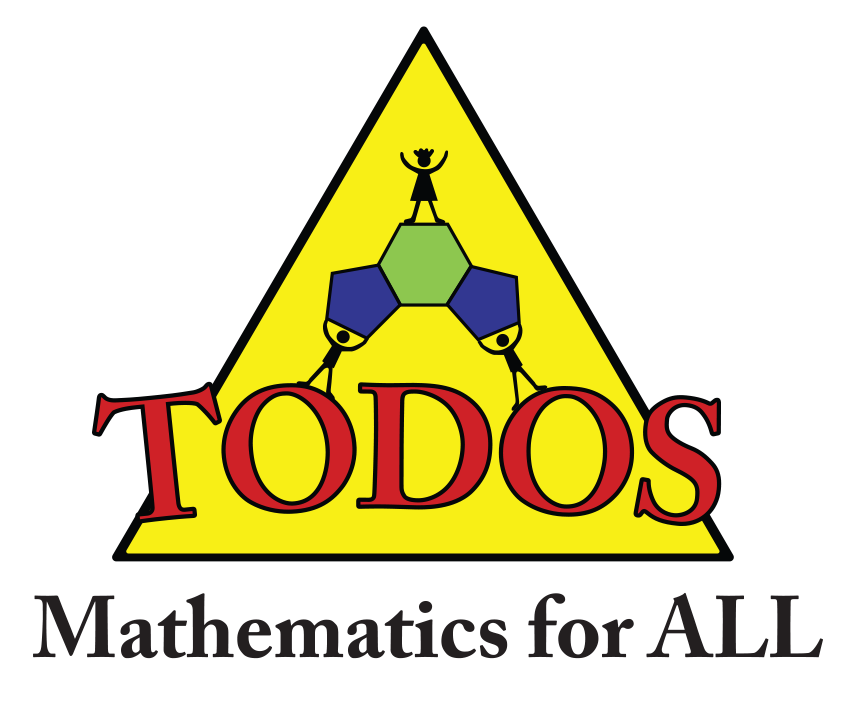¡Alerta, Wildfires! Our Relationship and Responsibility
¡Alerta, Wildfires! Our Relationship and Responsibility Kyndall Brown, Silvia Llamas-Flores, Dee Crescitelli, and Carlos LópezLeiva The TODOS Alerta! blog introduces a series of information and mathematics lessons on environmental issues that help us become aware of and rethink our collective relationship with our land and world. This blog- the second in the series- specifically explores[…]
